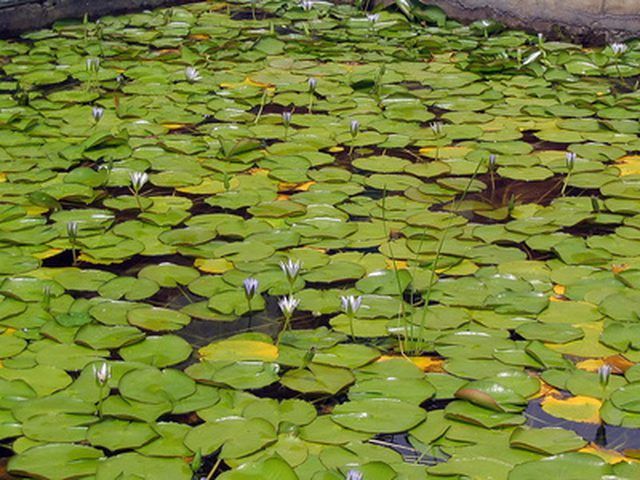Bulbs
Flower Basics
Flower Beds & Specialty Gardens
Flower Garden
Garden Furniture
Garden Gnomes
Garden Seeds
Garden Sheds
Garden Statues
Garden Tools & Supplies
Gardening Basics
Green & Organic
Groundcovers & Vines
Growing Annuals
Growing Basil
Growing Beans
Growing Berries
Growing Blueberries
Growing Cactus
Growing Corn
Growing Cotton
Growing Edibles
Growing Flowers
Growing Garlic
Growing Grapes
Growing Grass
Growing Herbs
Growing Jasmine
Growing Mint
Growing Mushrooms
Orchids
Growing Peanuts
Growing Perennials
Growing Plants
Growing Rosemary
Growing Roses
Growing Strawberries
Growing Sunflowers
Growing Thyme
Growing Tomatoes
Growing Tulips
Growing Vegetables
Herb Basics
Herb Garden
Indoor Growing
Landscaping Basics
Landscaping Patios
Landscaping Plants
Landscaping Shrubs
Landscaping Trees
Landscaping Walks & Pathways
Lawn Basics
Lawn Maintenance
Lawn Mowers
Lawn Ornaments
Lawn Planting
Lawn Tools
Outdoor Growing
Overall Landscape Planning
Pests, Weeds & Problems
Plant Basics
Rock Garden
Rose Garden
Shrubs
Soil
Specialty Gardens
Trees
Vegetable Garden
Yard Maintenance
What Is the Habitat of Water Lilies?
What Is the Habitat of Water Lilies?. Water lilies belong to the plant family Nymphaea--the many different species in this family are found in a variety of habitats distributed around the world. Water lilies are low-maintenance plants that thrive under a wide variety of conditions and produce lovely, fragrant blossoms. They can also provide habitat...
Water lilies belong to the plant family Nymphaea--the many different species in this family are found in a variety of habitats distributed around the world. Water lilies are low-maintenance plants that thrive under a wide variety of conditions and produce lovely, fragrant blossoms. They can also provide habitat and food for wildlife. These qualities make water lilies popular plants for use in aquatic gardening. However, the same qualities that make water lilies such hardy plants can also make them invasive in natural habitats outside of their native range.
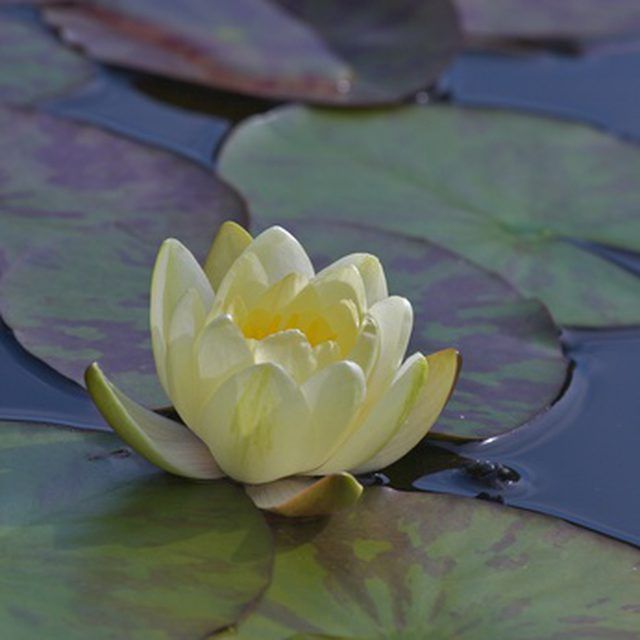
Water lilies usually inhabit still, quiet water bodies from two to six feet deep with muddy bottoms and slightly acidic water. Water lilies flourish and multiply in ponds--the shallow waters often allow them to grow across the entire pond. Unlike floating aquatic plants, water lilies are rooted in the pond bottom and most species cannot grow in water much more than six feet deep. As a result, water lilies are only found around the shallow edges of lakes and do not grow in deeper areas.
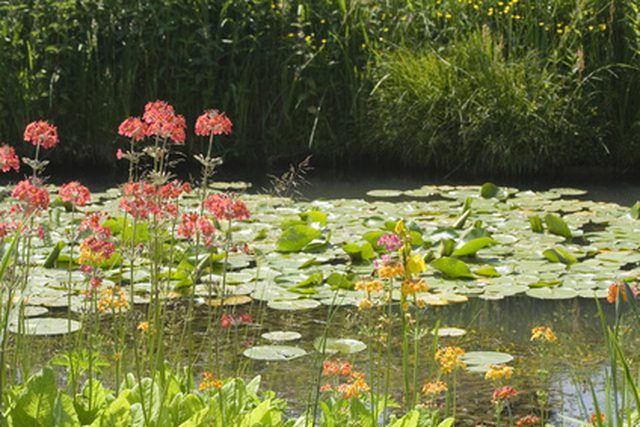
Although most water lily species prefer the still waters of ponds and lakes, some can be found growing in slow-flowing rivers and creeks. However, only the shallow areas along the edges of these sluggish water courses are suitable habitat for water lilies.
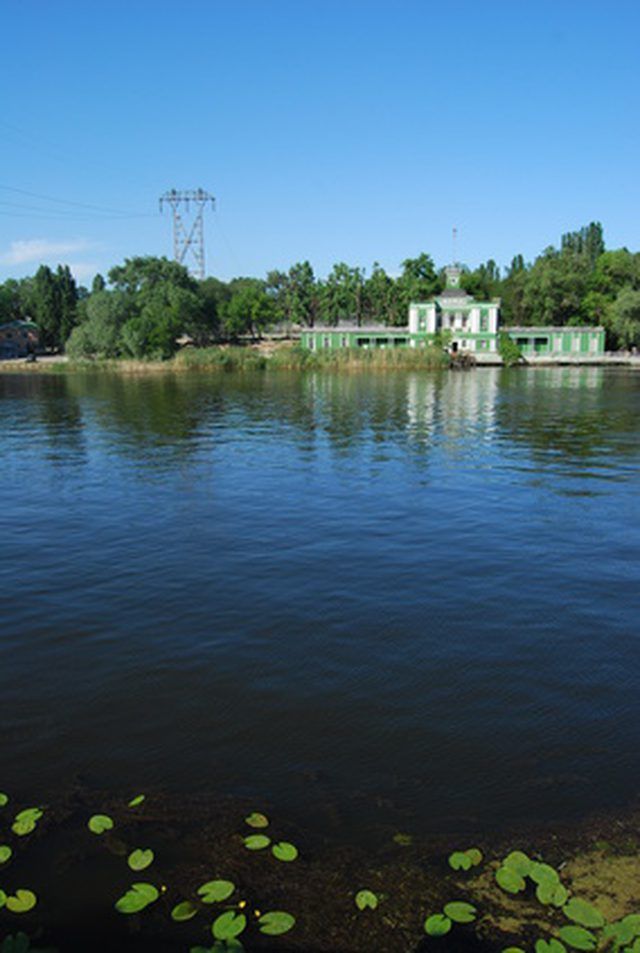
The still, nutrient-rich waters of swamps (and marshes), canals and ditches can be good habitat for water lilies. However, water lilies do not survive long periods of drying; swamps and marshes that are seasonally dry are not good habitat for these aquatic plants.
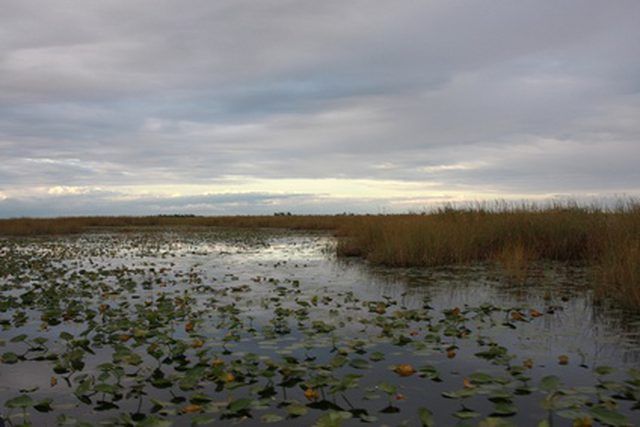
Even small, backyard ponds can provide good habitat for water lilies--as long as they have areas approximately two feet deep. Potted water lilies sold at garden centers can be placed directly onto the bottom of the pond. If necessary, the pot can be supported by bricks until the water lily grows tall enough for the leaves to float on the surface of the water. However, the water quality of the pond should be checked periodically, and maintained at slightly acidic pH levels.
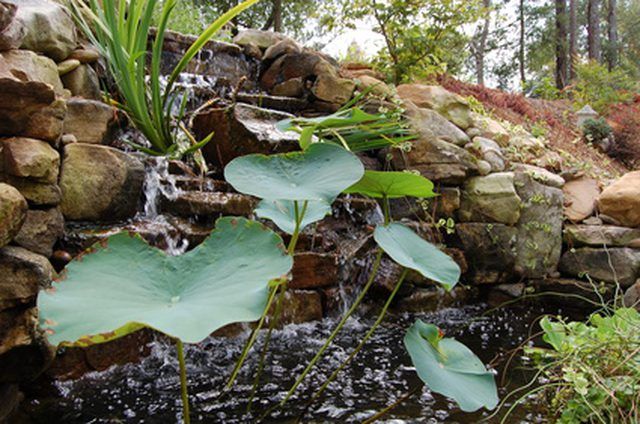
In the United States, the American water lily (Nymphaea odorata) has been introduced in Alaska, Washington, Oregon and California, outside of its natural range. In these areas, it infests a wide variety of habitats with suitable conditions--still, shallow, slightly acidic water bodies with muddy bottoms. Invasive American water lilies can completely cover the surface of the water, preventing other plants from growing and negatively affecting the native wildlife.
